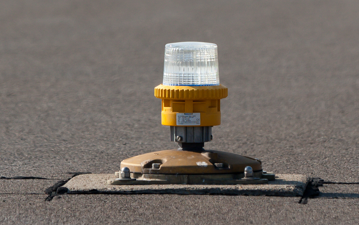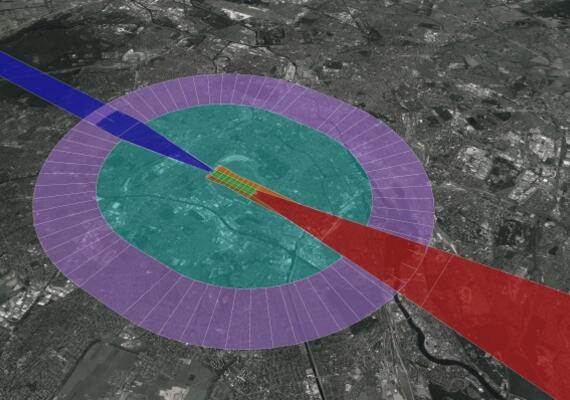Assessment of the operational impact of temporarily reduced runway lengths
The temporary reduction of runway lengths and corresponding distances is often a necessary operational measure to enable major construction works, such as runway extensions, the implementation or enlargement of Runway End Safety Areas, the installation of a new/adapted approach lighting system or instrument landing system.
In addition to many safety aspects to be considered, an aerodrome operator shall first focus on the operational impact the reduction of the runway length will have on aircraft operators.
On shortened runways (i.e. shorter TORA, TODA), aircraft operators may have to operate at reduced Take-Off Mass, thus carry either less fuel and/or less payload than in normal operations with full-runway lengths. As carrying less fuel is in most cases not a viable option, operators have generally to reduce their payload, i.e. passengers or cargo.
When planning new runway distances, the impact evaluation of different options has therefore to be carefully reviewed. Before engaging in consultation with airlines, it is generally best practice that aerodrome operators conduct some preliminary assessments.
Such assessment aims to identify and to assess the most critical aircraft and destinations using ACAPS (Aircraft Characteristics for Airport Planning) published by the aircraft manufacturers regarding the reduction in terms of take-off weight and payload/range. The difficulty in such assessment is the generally large number of aircraft types and engine variants, the consideration of airport-specific characteristics (e.g. threshold elevation, runway slopes), as well as the interpretation of information provided by aircraft manufacturers. For example, while Boeing provides payload/range diagrams for different break-release weights, Airbus only provides single payload/range information for its corresponding maximum. Additional calculations (e.g. using “Breguet”) are therefore required to obtain the desired results for all different aircraft types.
The outcomes enable aerodrome operators to optimise their planning as well as to understand their users’ constraints and requirements prior to public consultation.
This last step is of most crucial importance: while preliminary studies can be conducted for a wide range of aircraft types, only individual airline operators or contracted data service providers possess the official software to calculate in-detail performance and operating limitations considering the exact aircraft characteristics of their fleet and the knowledge of specific company procedures (e.g. regarding additional safety buffers).
airsight assists airport operators in all the previously introduced steps: from the preliminary planning to the consultation with airlines, or the development of a final safety case to apply for authorities’ approval. Based on experience gathered in several projects, airsight developed a unique know-how of the best-practices in managing runway change projects and developed in-house precise but cost-efficient methodologies to assess the operational impact on users and to consider other safety-relevant aspects.
Feel free to contact us if you are planning modifications of your runway distances or request our in-house course “Declaring Runway Distances and Displacing Thresholds” to get more knowledgeable in the subject.
Key Facts



